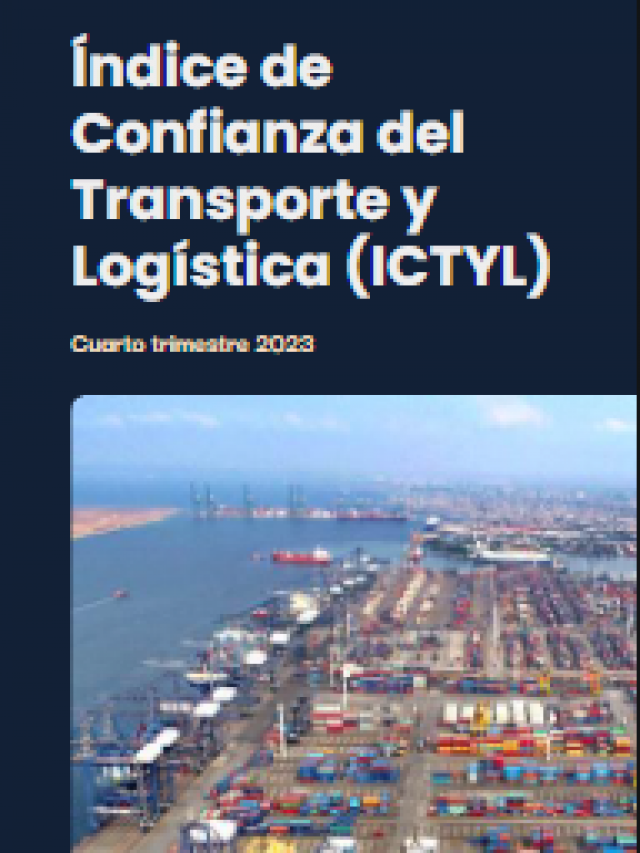 AUSTIN, TX— Faced with technological transformation, political uncertainty, and operational dynamism, the U.S. ground transportation industry is seeking answers to persistent challenges such as downtime, regulatory rigidity, and adapting to new technologies.
AUSTIN, TX— Faced with technological transformation, political uncertainty, and operational dynamism, the U.S. ground transportation industry is seeking answers to persistent challenges such as downtime, regulatory rigidity, and adapting to new technologies.
During the panel Shifting Gears: Navigating the Changing Regulatory Landscape at Motive Vision 2025 , experts discussed potential regulatory changes that could come with the new U.S. presidential administration, as well as current efforts to improve safety and efficiency in the industry.
Travis Baskin, head of Regulatory Affairs at Motive , addressed the impact of the change in administration on the regulatory agenda , particularly at the Federal Motor Carrier Safety Administration (FMCSA) .
Sean Garney, co-principal of Scopelitis Transportation Consulting , explained that while a confirmed administrator has not yet been named, the new administration is expected to continue a more deregulatory approach, focusing on streamlining existing rules rather than introducing new ones.
He also highlighted that the latest revisions to the Compliance, Safety, Accountability (CSA) were well received and could help improve visibility and equity in carrier safety scores.
For his part, Matt Camden, director of the Heavy Vehicle Safety Division at the Virginia Tech Transportation Institute, stressed that while political priorities may play a role, the FMCSA’s research agenda tends to remain stable due to the long-term nature of the studies; however, there is a growing focus on data collection that allows for greater flexibility for carriers .
One of the notable studies is one that evaluates the impact of driver detention times at loading and unloading facilities.
This project, funded by the FMCSA and developed by VTTI and Motive, seeks to understand how these delays affect safety, schedule compliance, and operational performance.
Garney noted that while the study’s results don’t guarantee immediate changes, they can provide tools to justify future improvements or regulatory adjustments.
“We all know that detention is a problem, but we need data that shows how large the impact is,” he said.
Baskin emphasized the need to involve all stakeholders in the logistics chain to address the problem of downtime.
“We are at the mercy of the shippers. Neither the brokers, nor the receivers, nor the shippers themselves fully assume their responsibility,” he noted.
To address this situation, he proposes using existing data to identify patterns and hold the appropriate actors accountable.
Deregulation and innovation from the FMCSA
On the other hand, Matt Camden stressed that one of the current priorities is to deregulate without compromising security .
“The Department of Transportation has asked for ideas to eliminate regulations, and many are already participating,” he said.
He stated that the administration has an opportunity to innovate with creative and industry-savvy officials, and suggested that the random drug testing rate could be reduced from 50% to 25%, given that positivity rates have been below 1% for two consecutive years.
“It would be a significant reduction in the regulatory burden,” Camden said.
Although flexibility is a priority, experts agreed that the focus on security will not disappear.
“The DOT and FMCSA will remain committed to keeping carriers and operations safe,” said Matt Camden.
In this regard, Sean Garney anticipates greater regulatory efficiency with the possible confirmation of Derek Barrs as FMCSA administrator.
“Derek is already deeply immersed in the industry, so we won’t have to start from scratch,” he explained.
He compared this potential continuity to the previous chaos, where new administrators lacked understanding of key programs like the CSA, delaying important decisions.
He also mentioned that the new “10:1” regulatory model (one new regulation requires eliminating ten existing ones) represents a major challenge, but also an opportunity to do more with less.
Camden, on the other hand, expressed concern about whether the FMCSA will be able to keep up with the pace of innovation.
Sean Garney responded with an example: the study the agency is conducting to understand how autonomous vehicles should interact with police .
“This month we’ll see driverless vehicles operating in Texas, and we still don’t know how the police will react,” he warned.
Matt Camden also highlighted the value of big data and platforms like Motive.
“Before, we needed you to search for the records; now the information is already there,” he said.
This availability allows researchers to work with real-world data to improve policies without increasing the operational burden on carriers.
Among the adjustments that could be coming soon, Sean Garney mentioned greater flexibility in the CDL testing process, changes to the length of mandatory retention for certain records, improvements to the DataQs appeals process (FMCSA’s system), and a review of roadside warning device regulations, prompted by a lack of prior research.
“For years, the FMCSA was the expert who guided us. But now, the industry is mature. The real experts are in this room. The government should help, but also let us lead,” he asserted.
Comment and follow us on X: @jenna_GH_ / Sent / @GrupoT21















